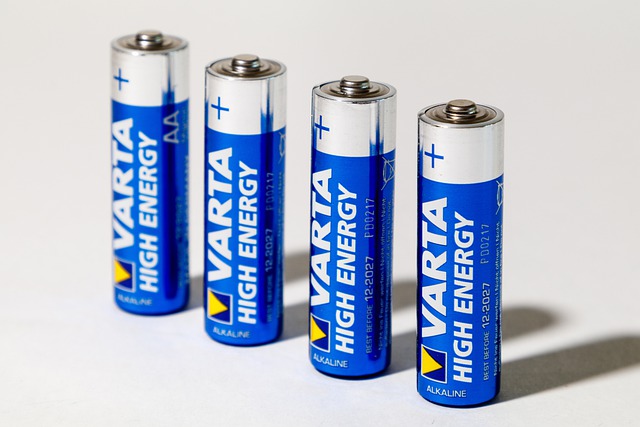
Batteries are so commonplace these days that they are practically invisible to us. However, they are an amazing invention with an impressive and long history and a future that is just exciting. Basically, a battery is a device where chemical energy is stored and transformed into electricity. Batteries are basically small reactors that contain energetic reactions producing electrons that flow from external devices.
We have had batteries for a very long time. The Baghdad Museums’s Director discovered what is now called the “Baghdad Battery” in 1938 in the museum’s basement. Analysis showed that it was of Mesopotamian origin and dated to about 250 BC.
There is controversy surrounding this earliest battery example. However, its suggested uses include a religious tingle, pain relief, or electroplating.
American inventor and scientist Benjamin Franklin used the word battery for the first time in 1749 as he was conducting electricity experiments that used a series of linked capacitors.
In 1800 the first real battery was invented by Alessandro Volta, an Italian physicist. He stacked disks of zinc (Zn) and copper (Cu) which were separated by the cloth that had been soaked in saltwater.
A continuous stable current was produced by wires connected to both ends of the stack. Each of the cells (a set of Zn and Cu discs along with the brine) produced 0.76 volts. When multiple cells are stacked together a multiple of that value is obtained.
The lead-acid battery, which is one of the more enduring batteries, was first invented in 1859. This technology is still used today for starting a majority of car combustion engines. It is also the oldest rechargeable battery example.
These days batteries are available in a wide range of different sizes from tiny batteries used in items such as electronic watches up to big Megawatt sizes that store the power coming from substations or solar farms to guarantee entire islands or villages with a stable supply.
Batteries are based on various chemistries and typically produce basic cell voltages in the 1 to 3.6 volts range. The voltage is increased when the cells are stacked, while the current supply is enhanced by their parallel connection. The principle is employed to add up to the currents and voltages that are required up to Megawatt sizes.
Today it is anticipated that battery technology is poised to take another big leap. New models are currently being developed that have enough capacity for storing the power that is generated by domestic wind or solar systems to power a house at a more convenient time (usually at night) for a couple of days. To learn about the types of UPS then see here.
How batteries work
Whenever a battery is discharged some extra electrons are produced by the chemical reaction as the reaction is taking place. One example of a reaction where electrons are produced is when the iron is oxidized and produces rust. This involves the iron reacting to oxygen and giving electrons up to the oxygen which results in iron oxide being produced.
A battery’s standard construction uses two compounds or metals that have different chemical potentials. A porous insulator separates them. The chemical potential is represented by the energy that is stored inside of the compounds’ bonds and atoms. This is then sent to the moving electrons once they are allowed to go through the externally connected device.
Soluble ions are transferred between metals by using a conducting fluid such as water and salt during the reaction. It is referred to as the electrolyte.
The compound or metal that loses electrons during the discharge process is referred to as the anode. The compound or metal accepting the electrons is referred to as the cathode. This electron flow from the anode over to the cathode via an external connection is how we operate our electronic devices.